The world of professional tennis has always been fascinated by power, precision, and the relentless pursuit of breaking barriers. Among the most awe-inspiring feats in the sport is the sheer velocity of a serve, a moment where physics and athleticism collide to produce speeds that defy human perception. The quest for the fastest serve has become a hallmark of modern tennis, with players pushing their bodies and equipment to the absolute limit in pursuit of this electrifying record.
For decades, the serve speed record has been a moving target, shattered repeatedly as advancements in racket technology, player conditioning, and biomechanics have evolved. The current men's world record stands at an astonishing 163.7 mph (263.4 km/h), achieved by Australian Sam Groth in 2012 during a Challenger tournament in Busan, South Korea. This blistering serve eclipsed the previous benchmark set by Croatia's Ivo Karlović, whose 156 mph (251 km/h) bomb had long been considered untouchable.
On the women's side, German powerhouse Sabine Lisicki holds the distinction of delivering the fastest recorded serve at 131 mph (210.8 km/h), accomplished during the 2014 Bank of the West Classic. This remarkable feat underscores how female players have progressively closed the speed gap, with modern athletes serving consistently above 120 mph—a threshold that was once exclusive to male competitors.
The science behind these thunderous serves involves an intricate combination of factors. Players generate power through a kinetic chain that starts from the ground up—leg drive, hip rotation, shoulder turn, and wrist snap all contribute to the final velocity. Taller players like Groth (6'4") and Karlović (6'11") naturally possess an advantage due to their higher contact points and longer levers, but technique remains paramount. The service motion has been refined to near-perfection by sports scientists, with high-speed cameras capturing every microsecond of the delivery to identify areas for marginal gains.
Equipment has played a pivotal role in the serve speed revolution. Modern rackets constructed from graphite and other lightweight composites allow for greater head speed without sacrificing control. String technology has advanced dramatically, with polyester blends enabling players to swing with full force while maintaining spin potential. The interaction between string tension, racket head size, and ball composition continues to be a hotbed of innovation among manufacturers seeking that extra mph for their sponsored athletes.
Interestingly, the pursuit of speed records often occurs outside Grand Slam tournaments. While serves exceeding 150 mph have been recorded in exhibition matches and lower-tier events, the average first serve speed at Wimbledon or the US Open typically ranges between 120-140 mph for top male players. This discrepancy highlights how match conditions—pressure, fatigue, and tactical considerations—temper outright velocity in favor of placement, spin, and consistency.
The physical toll of serving at maximum velocity cannot be overstated. Players risk shoulder and elbow injuries from the tremendous forces involved, with many power servers undergoing multiple surgeries throughout their careers. This has led to ongoing debates within tennis about whether equipment regulations should impose speed limits to protect players' health. Thus far, the governing bodies have resisted such measures, preferring to let athletic evolution run its course.
As training methods become more sophisticated and young players develop explosive power from earlier ages, the serve speed ceiling continues to rise. Some analysts predict we may see a 170 mph serve within the next decade, while others argue we're approaching biomechanical limits. What remains undeniable is that these record-breaking serves capture the imagination like few other achievements in sports—a perfect storm of human potential and technological progress frozen in a fleeting moment of airborne fury.
Beyond the raw numbers, these serves represent tennis at its most primal—a demonstration of dominance that reduces opponents to spectators. When a 160 mph serve rockets past before the receiver can complete their split step, it's not just a point won; it's a statement etched into the record books. The pursuit of speed continues to shape how the game is played at its highest levels, ensuring that the serve remains both weapon and spectacle in equal measure.

By Rebecca Stewart/May 8, 2025

By Rebecca Stewart/May 8, 2025

By Joshua Howard/May 8, 2025

By Lily Simpson/May 8, 2025

By Victoria Gonzalez/May 8, 2025

By Christopher Harris/May 8, 2025

By Ryan Martin/May 8, 2025

By Megan Clark/May 8, 2025
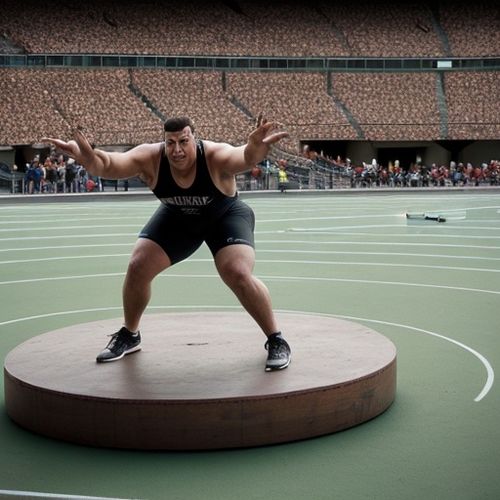
By Samuel Cooper/May 8, 2025

By Noah Bell/May 8, 2025

By David Anderson/May 8, 2025

By Megan Clark/May 8, 2025
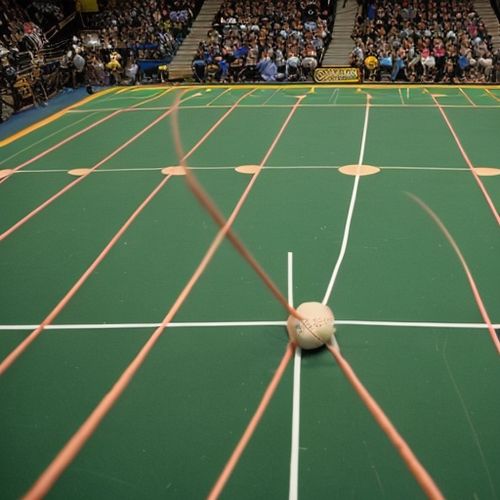
By William Miller/May 8, 2025
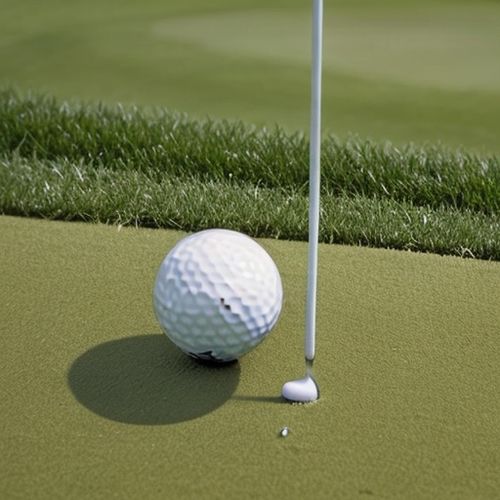
By William Miller/May 8, 2025

By Emily Johnson/May 8, 2025
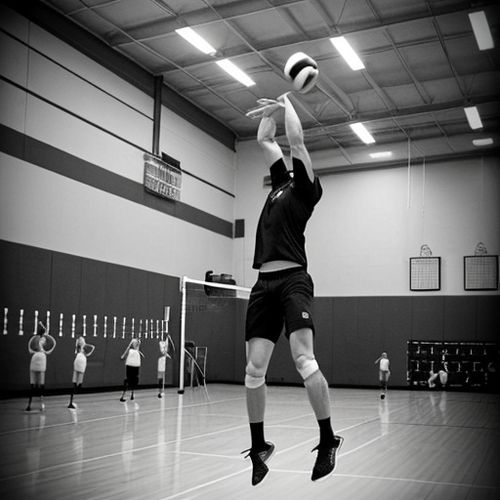
By Ryan Martin/May 8, 2025
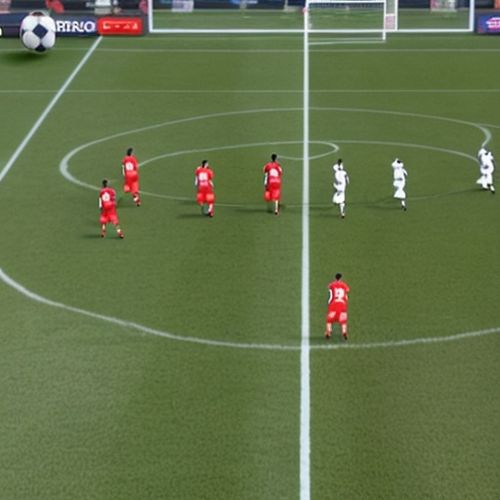
By Laura Wilson/May 8, 2025
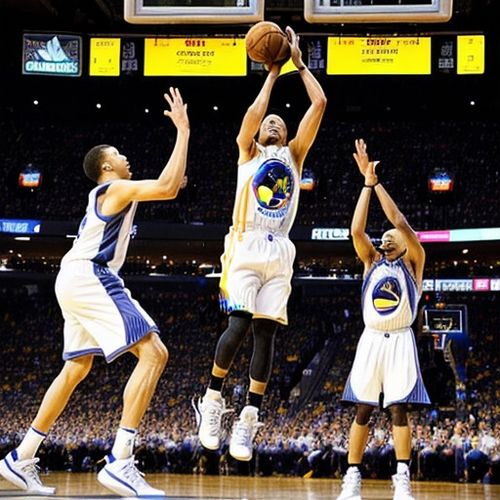
By Eric Ward/May 8, 2025

By Joshua Howard/May 8, 2025

By Natalie Campbell/Apr 9, 2025